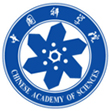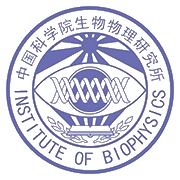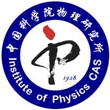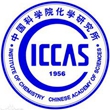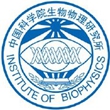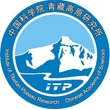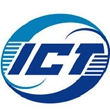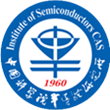Sessions 6:Technological Sciences
Steven G. Louie
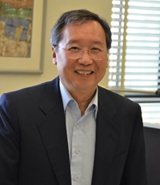
Character introduction
Professor Louie received his Ph.D. in physics from the University of California at Berkeley (UC Berkeley) in 1976. After having worked at the IBM Watson Research Center, Bell Labs, and U of Penn, he joined the UC Berkeley faculty in 1980, where he is professor of physics and concurrently a faculty senior scientist at the Lawrence Berkeley National Lab. He is a member of the National Academy of Sciences, the American Academy of Arts & Sciences, and the Academia Sinica (Taiwan), as well as a fellow of the American Physical Society (APS), the American Association for the Advancement of Science, and the Materials Research Society. Among his many honors, he is recipient of the APS Aneesur Rahman Prize for Computational Physics, the APS Davisson-Germer Prize in Surface Physics, the Materials Theory Award of the Materials Research Society, the Foresight Institute Richard P. Feynman Prize in Nanotechnology, the U.S. Department of Energy Award for Sustained Outstanding Research in Solid State Physics, as well as Jubilee Professor of the Chalmers University of Technology in Sweden and H. C. Ørsted Lecturer of the Technical University of Denmark. Professor Louie’s research spans a broad spectrum of topics in theoretical condensed matter physics and nanoscience. He is known for his groundbreaking work on the ab initio GW method and for his seminal work on surfaces and interfaces, nanostructures, and reduced-dimensional systems.
Topic: Interaction and Topological Effects in Atomically Thin 1D & 2D Materials
Abstract Symmetry, interaction, and topological effects dominate many quantum properties of reduced-dimensional systems, leading often to manifestation of novel phenomena not seen in bulk materials. In this talk, I present some fascinating discoveries in recent studies of atomically thin one-dimensional (1D) and two-dimensional (2D) materials, including strongly bound excitons (electron-hole pairs) with novel energy level structures and optical selection rules, tunable magnetism and plasmonic properties, new topological phases, correlated multi-particle excitations, etc.–adding to the promise of these 1D and 2D materials for exploration of new science and valuable applications.
Previous Yidong Gu
Next Xueming Yang
